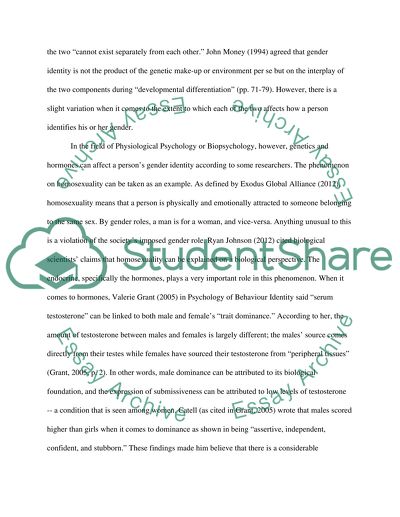Cite this document
(“Nature and Nurture: Coexistence Research Paper Example | Topics and Well Written Essays - 1250 words”, n.d.)
Retrieved from https://studentshare.org/gender-sexual-studies/1455112-gender-identity-paper
Retrieved from https://studentshare.org/gender-sexual-studies/1455112-gender-identity-paper
(Nature and Nurture: Coexistence Research Paper Example | Topics and Well Written Essays - 1250 Words)
https://studentshare.org/gender-sexual-studies/1455112-gender-identity-paper.
https://studentshare.org/gender-sexual-studies/1455112-gender-identity-paper.
“Nature and Nurture: Coexistence Research Paper Example | Topics and Well Written Essays - 1250 Words”, n.d. https://studentshare.org/gender-sexual-studies/1455112-gender-identity-paper.


